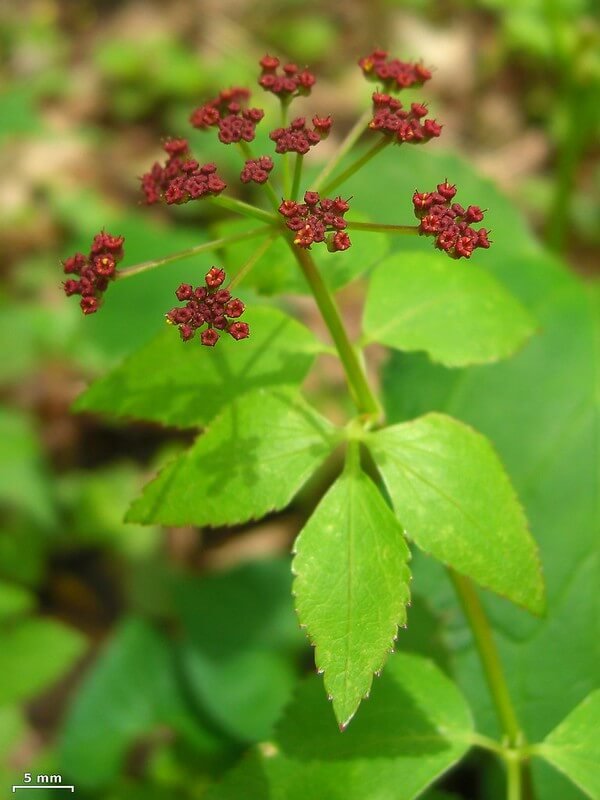Life Cycle: Perennial
Sun Exposure: Full-Partial-Shade
Soil Moisture: Med/wet-Dry
Height: 2 feet
Plant Spacing: 1-2 feet
Bloom Time: April-June
Bloom Color: White
Advantages: Bird Favorite, Great Landscaping Plant
Host Plant: 3 species of butterflies and moths use this as a caterpillar host plant in our area (nwf.org)








